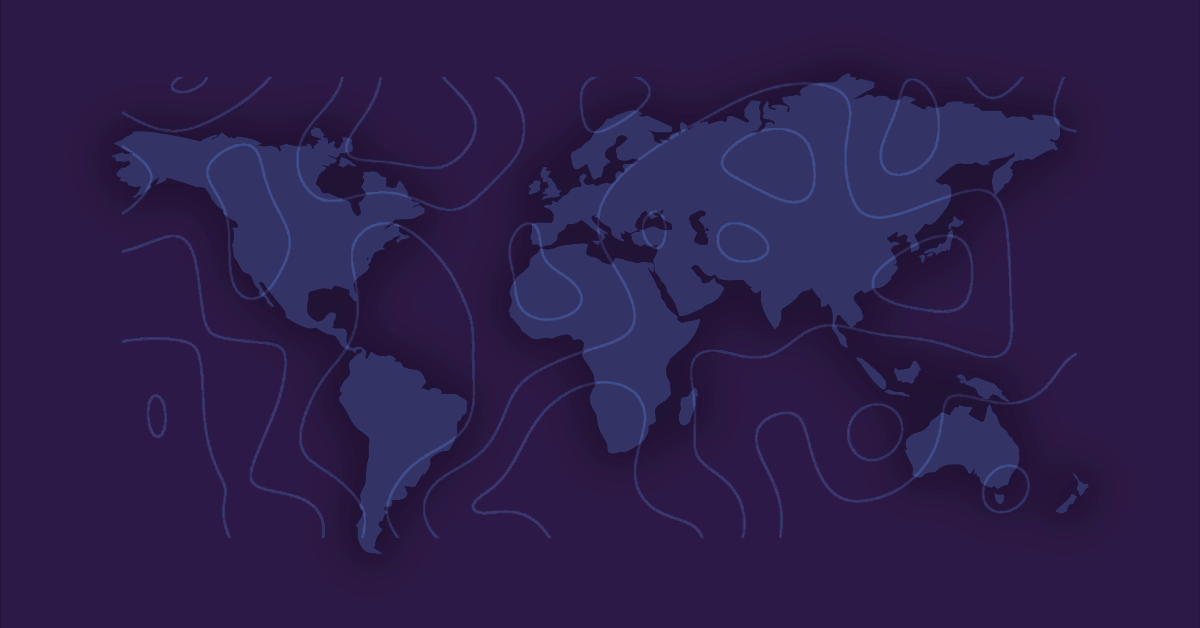Embracing the digital agenda in APAC
The digital agenda is certainly a top priority for employers across APAC and, when we consider the positive impact that embracing the right technology in the talent attraction process can have, it’s perhaps easy to understand why. For example, in research from Aptitude, commissioned by AMS, it was revealed that those companies that successfully embrace digital technology are twice as likely to improve the quality of hire, retention and staff performance and three times more likely to improve the candidate experience.
It’s not just organizations that seek the benefits of digitalization, though. Talent groups now expect a consumer-like experience during the hiring process, which has created an uptick in the use of innovative technology to attract the best skills. There’s been an explosion of tools which make it easier for candidates to apply for a job and the winners in this fight for top talent will be those who make the process easy, quick and slick — and then invest this time saved back into human interaction.
However, while there’s clear demand from employers and applicants alike for a streamlined digital experience, the Aptitude study also revealed that just 15% of businesses in APAC have implemented digital transformation, with over half (55%) stating they either haven’t started or have only just begun this process.
Much of this can perhaps be explained by the nuances of the region itself. There’s no doubt that the digitalization of the workforce is a global trend, but country specific distinctions have an impact on the specific role the digital agenda plays in talent acquisition and retention. The complexity of APAC itself means that a region-wide approach won’t necessarily work and just because a firm has tapped into tech for people strategies in China, for example, it doesn’t mean that it is suitable for India or Australia.
A perfect storm. While the benefits of incorporating digital into talent attraction strategies are clear, it does also create a complex ‘catch 22’ situation. Without the tech experts on board to implement and manage the tools required, firms will struggle to meet the level of consumer experience that emerging talent demands. But without the digitalized candidate experience, firms will find it hard to compete with more ‘well-known’ tech brands to attract digital savvy experts.
However, of all the global tech hubs, APAC is arguably best placed to lead the development of talent; the region is projected to lead the global digital talent acquisition industry by 2025. Globally, Asian firms ranked the highest in terms of digital transformation, specifically in Southeast Asia. Other APAC countries such as Japan, Korea, Australia and New Zealand are known to have the greatest potential for digital adoption. And with more than half of the worldwide population of millennials currently living in Asia, the region is certainly best equipped to manage this transformation going forward, provided it can keep these skills in the region.
A tailored approach to digital talent. While APAC is certainly a hub of tech innovation that businesses are increasingly tapping into, it’s worth bearing in mind that the global tools we all ‘know and love’ don’t necessarily work in places like India and China and there needs to be a level of education on the open and accessible platforms that are utilized across various APAC destinations. As a case in point, many global employers haven’t heard of WeChat, but it’s a crucial tool for any business operating in, and engaging with local talent in, China. Essentially, this is a multi-purpose messaging, social media and mobile payment app that is widely used across the country – imagine one platform which is like Open Table, Uber and a banking app all in one. Employers need to harness this type of functionality on a local level to remain competitive in the region.
So, what does an effective recruitment technology ecosystem for APAC total talent plans look like today? From my perspective, it’s a perfect blend of four key elements:
- Automation: Where robotic process automation (RPA), AI and analytics are integrated in the recruitment experience and employer brand. When done well with an appropriate level of customization, AI can improve speed and efficiency, enhance candidate experience and reduce costs.
- People: Personal and meaningful candidate and business interactions that are adaptable and flexible. When implementing technology ensure sufficient focus is given to user education, adoption and buy in. One of the biggest reasons for failure of large scale digital projects has not been the quality of the technology, but insufficient focus given to the people change management aspects.
- Core workflow engines: Before looking at the many digitally enabling apps that can provide a whole world of benefits, make sure the core workflow engines they will integrate into are working. Have your core HR and TA system deployed.
- Digital enablers: Give a rich variety of ways that candidate experience, efficiency in search, access to wider pool of talent and advanced insights can be gained. When looking at digital enabling apps, always consider proven ability to integrate into core workflow systems and a proven track record of successful implementation projects. Don’t be compelled to launch too many different products at the same time, an incremental build in capability and digitalization of the talent acquisition function is more likely to win user acceptance and maximize the full potential of the product.
Most critical to success will be optimizing the blend of human and digital interaction. At an enterprise level, a TA function cannot win with a technology only strategy — and an overly people oriented strategy will not deliver the numerous benefits technology allows.
Brought together in a symbiotic way, a truly people integrated digital TA strategy can deliver real, tangible ROI to the bottom line, improving candidate experience, increasing speed, reducing costs and enhancing access to the best talent.
More articles
Choose a Partner, Not a Provider: Rethinking GCC Setup in India in 2025
Choosing the right partner to set up your Global Capability Center in India can make or break ROI. Discover AMS's proven expertise in building high-impact GCCs.
Overview of Innovation Board and insights on the most recent meeting
During the recent Innovation Board meeting, the group discussed how talent teams will need to adapt to deliver success in a changing world of work.
From Cost Centers to Value Creators: How AMS Is Redefining GCCs
Global Capability Centers in 2025 are strategic hubs for talent and innovation. Learn how AMS is transforming GCCs in India to drive agility, growth, and enterprise value.

Start your journey to True Workforce Dexterity.
Discover how we can help you build, re-shape and optimise your workforce.
Talk to us




